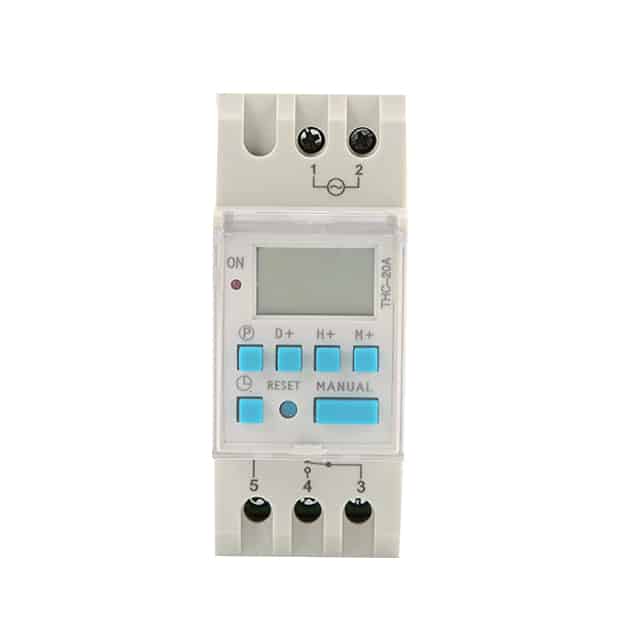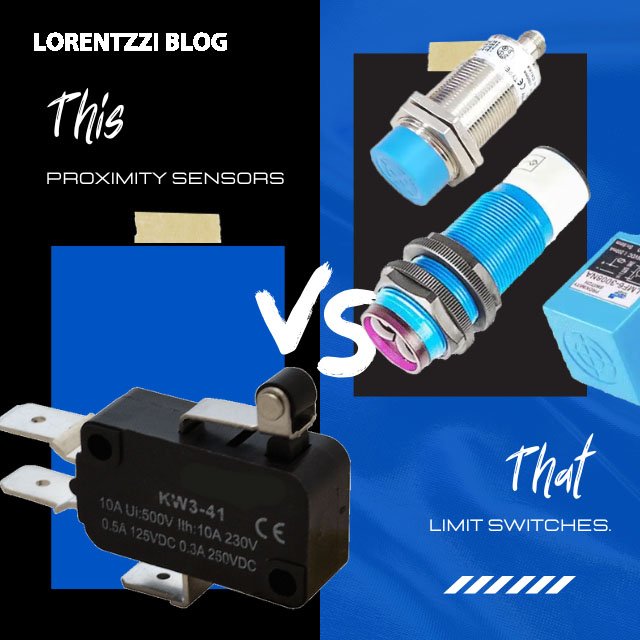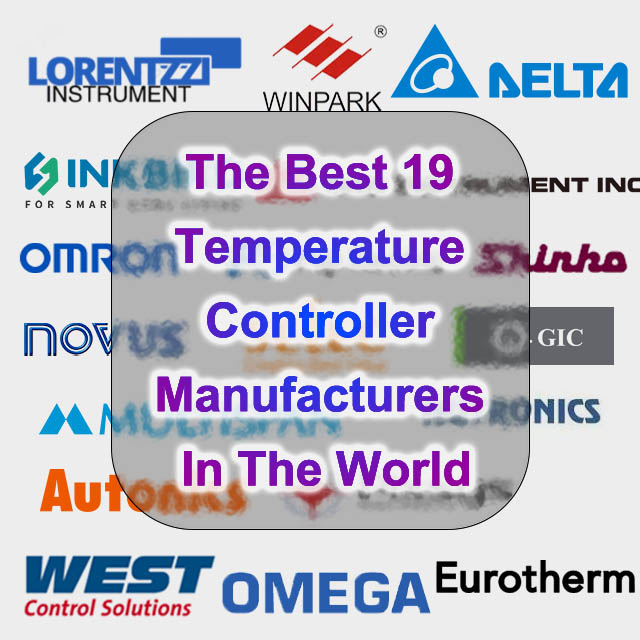Si se tienen conocimientos de electrónica, es fácil que sepamos que los sensores inductivos están diseñados para detectar objetivos metálicos, pero ¿pueden los sensores inductivos detectar aluminio? La respuesta es sí. ¿Por qué? vamos a dar una explicación completa de cómo funciona con el aluminio.
¿Qué es un sensor inductivo?

El sensor inductivo es un interruptor electrónico que no tiene contacto físico, sus salidas pueden ser PNP o NPN según las diferencias de los niveles de salida. La salida del sensor PNP es de nivel alto, para formar un circuito completo, el cable de señal de salida del sensor PNP debe conectarse a tierra o al cable negro de este sensor. Mientras que la salida del sensor NPN es de nivel bajo, por lo tanto, el terminal de salida de los sensores NPN debe conectarse al polo positivo del sensor. El sensor inductivo utiliza el efecto de las corrientes de Foucault para detectar un objeto metálico que se encuentra dentro de su campo magnético alterno.
¿Cuál es el principio de funcionamiento de un sensor de proximidad inductivo?
El principio de funcionamiento del sensor inductivo se basa en la inducción electromagnética y en los efectos de las corrientes de Foucault generadas por su circuito interno, el sensor de proximidad inductivo consta de un núcleo de ferrita con bobinas, un oscilador, un Disparador Schmitt y un amplificador de salida
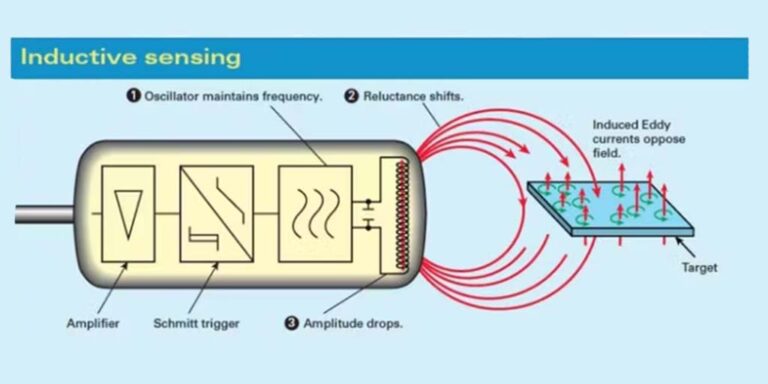
El oscilador dejará que la bobina genere un campo magnético alterno; cuando un objeto metálico se encuentre dentro de estos campos, se formará una corriente parásita en la superficie de este objeto metálico. Esta corriente parásita hará que la oscilación electromagnética se debilite o deje de oscilar. El disparador Schmitt puede sentir este cambio y ordenar al circuito de salida que se abra o se cierre.
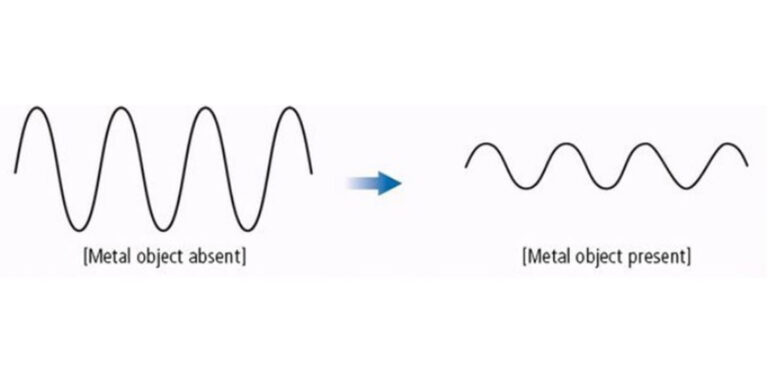
¿Pueden los sensores inductivos detectar el aluminio?
Sí, los sensores inductivos pueden detectar aluminio o productos de aluminio, pero la distancia de detección es reducida en comparación con la detección de productos de hierro o acero. Según experimentos reales, para el mismo sensor inductivo, la distancia de detección de productos de aluminio será 40% más corta que la distancia de detección de productos de acero.
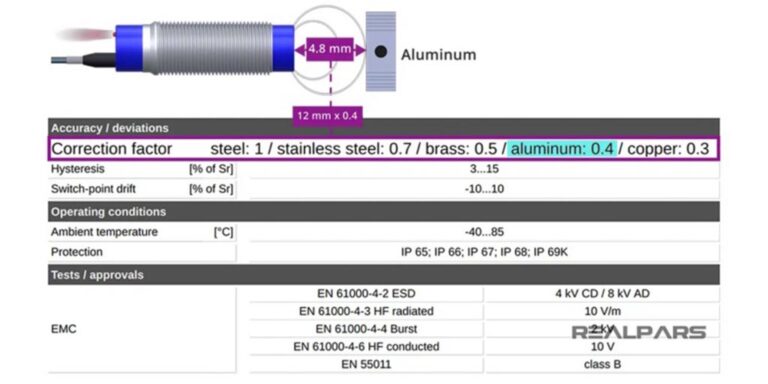
¿Por qué los sensores inductivos pueden detectar el aluminio?
Como se ha mencionado anteriormente, aunque la distancia de detección de los sensores inductivos para aluminio no es tan grande como la de los objetos de hierro, se puede hacer. ¿Por qué se acorta la distancia de detección? La razón es que la permeabilidad magnética del aluminio es menor que la del hierro.
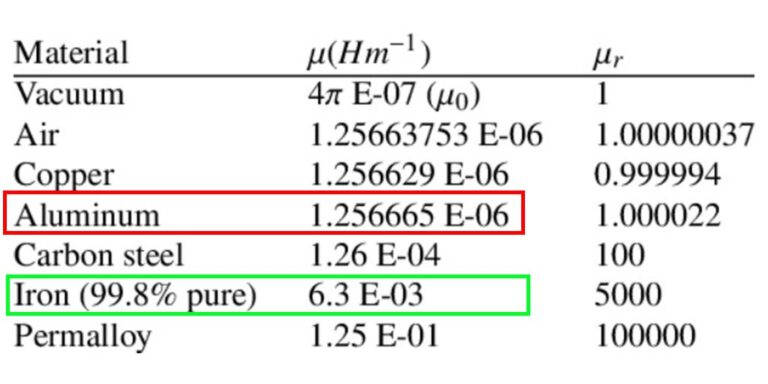
Fuentes de imágenes de https://www.researchgate.net/figure/Magnetic-permeability-of-common-materials_tbl1_350439333.
Una permeabilidad magnética baja provoca una reducción del flujo magnético a través del aluminio, lo que se traduce en una reducción de los efectos de las corrientes parásitas. Por tanto, para que el sensor funcione correctamente, el aluminio debe estar más cerca de la bobina del sensor para captar más flujo magnético.
Ventajas e inconvenientes del sensor de proximidad inductivo
Ventaja:
- Estructura simple, cableado sencillo y bajo coste
- Detección sin contacto: El sensor inductivo no entra en contacto directo con el objeto detectado, por lo que puede evitar el desgaste y los daños en la superficie del objeto, además de reducir los costes de mantenimiento.
- Alta precisión: Los sensores inductivos pueden lograr una detección de alta precisión, especialmente para algunos objetos que son pequeños o difíciles de observar directamente.
- Amplia gama de aplicaciones: Los sensores inductivos son adecuados para detectar diversos objetos metálicos, como hierro, acero inoxidable, cobre, aluminio, etc.
- Nivel de protección IP67: Durante el proceso de producción, el interruptor de proximidad inductivo rellenará el interior del tubo roscado con resina epoxi para garantizar un sellado hermético.
Deficiencia:
- Sólo apto para detectar objetos metálicos. Detectores de proximidad capacitivos o interruptores fotoeléctricos para la detección de objetos no metálicos.
- Las distancias de detección de los distintos tipos de objetos metálicos varían mucho: Para un mismo sensor, los objetos con mayor permeabilidad magnética tienen distancias de detección más largas.
- Susceptibles a las interferencias: Dado que los sensores inductivos son muy sensibles a los campos magnéticos, son susceptibles a las interferencias de campos magnéticos externos, lo que afecta a la precisión de los resultados de detección.
- No resisten altas temperaturas: Los interruptores de proximidad inductivos se ven muy afectados por la temperatura, y los entornos de alta temperatura pueden causar una disminución en el rendimiento de detección. Por lo tanto, es necesario proteger adecuadamente los equipos cuando se utilizan en entornos de alta temperatura.
Conclusión
A partir del conocimiento de lo que es un sensor de proximidad inductivo y de su principio de funcionamiento, podemos entender claramente por qué los sensores inductivos pueden detectar el aluminio. La razón es que el aluminio, si se encuentra bajo un campo magnético alterno, también generará corriente parásita, pero debido a su baja permeabilidad magnética, es muy débil. Para obtener más flujo magnético, el objeto de aluminio debe estar más cerca del sensor inductivo. Por este motivo, la distancia de detección del aluminio es sólo 40% de la de un blanco de hierro.
Lorentzzi sensores inductivos tienen una gran capacidad para detectar varios tipos de objetos metálicos, ya sean de hierro, acero, aluminio o cobre. Deje un comentario a continuación para obtener los nuevos precios de nuestros sensores de proximidad inductivos.



